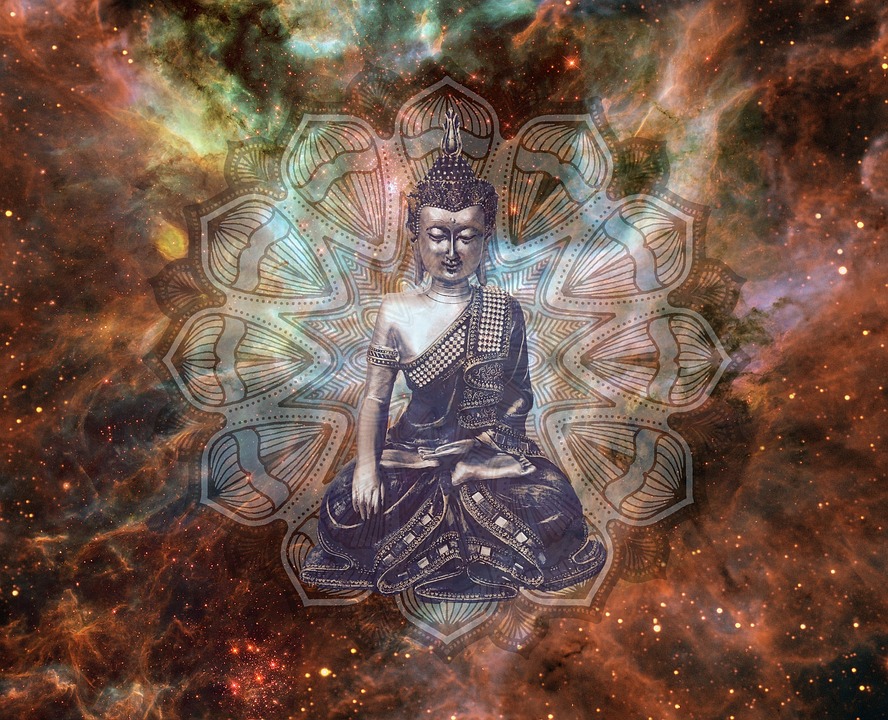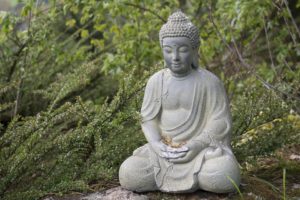The truth of the path and the truth of cessation can best be understood as Dharma perhaps by beginning where Shakyamuni (so-called, because he was from the clan of the Shakyas) Buddha begins with The Four Noble Truths:
I. Life means suffering (dukka) through birth, old age, sickness, and death.
II. Suffering results from attachment-loss are inevitable. This occurs through a lack of
awareness or acceptance of the principle of impermanence. Everything changes; nothing
stays the same.
III. Suffering can cease. Shakyamuni Buddha shares with us his discovery of the cessation
of suffering.
IV. Cessation of suffering is attained through The Eight Fold Path:
1. Right View, that is by developing the ability to see reality as it really is.
2. Right Intention through a focus on engaging in ethical and mental development.
3. Right Speech adopted as a primary principle of ethical conduct.
4. Right Action through avoidance of: harming sentient beings, stealing, dishonesty.
5. Right Livelihood through honest endeavors, for example, not dealing in weapons or
selling living beings.
6. Right Effort through discipline and devotion to the Dharma path.
7. Right Mindfulness that allows one to see things with a clear consciousness
8. Right Concentration also called ‘meditative equipoise.’ This comes through the
discipline of meditation that enables one to quiet the mind from its constant
internal chatter.
The above teachings of Shakyamuni Buddha regarding the truth of the path and the truth of cessation are called Dharma (with capital ‘D’), because they come directly from the Buddha Himself. When practiced with diligence, one’s experience of suffering ceases. Shakyamuni went through extremes of great wealth and severe deprivation in his quest for the truth. He discovered that neither extreme led to cessation. It was the practice of the “middle way” or Madhyamaka, a balanced approach that held the answer. The Master Nagarjuna later developed Madhymaka as a school.
While considering the truth in the path, defining the term “truth” is important, because of there two ways to look at it from a Buddhist perspective. One is from a relative perspective and called “relative truth,” or ordinary view which sees things in a dualistic manner (i.e. good/bad, enemy/friend and so on). The other is called “absolute truth” and is beyond duality, seeing things as they are. Also, this is sometimes called “ultimate truth.”






